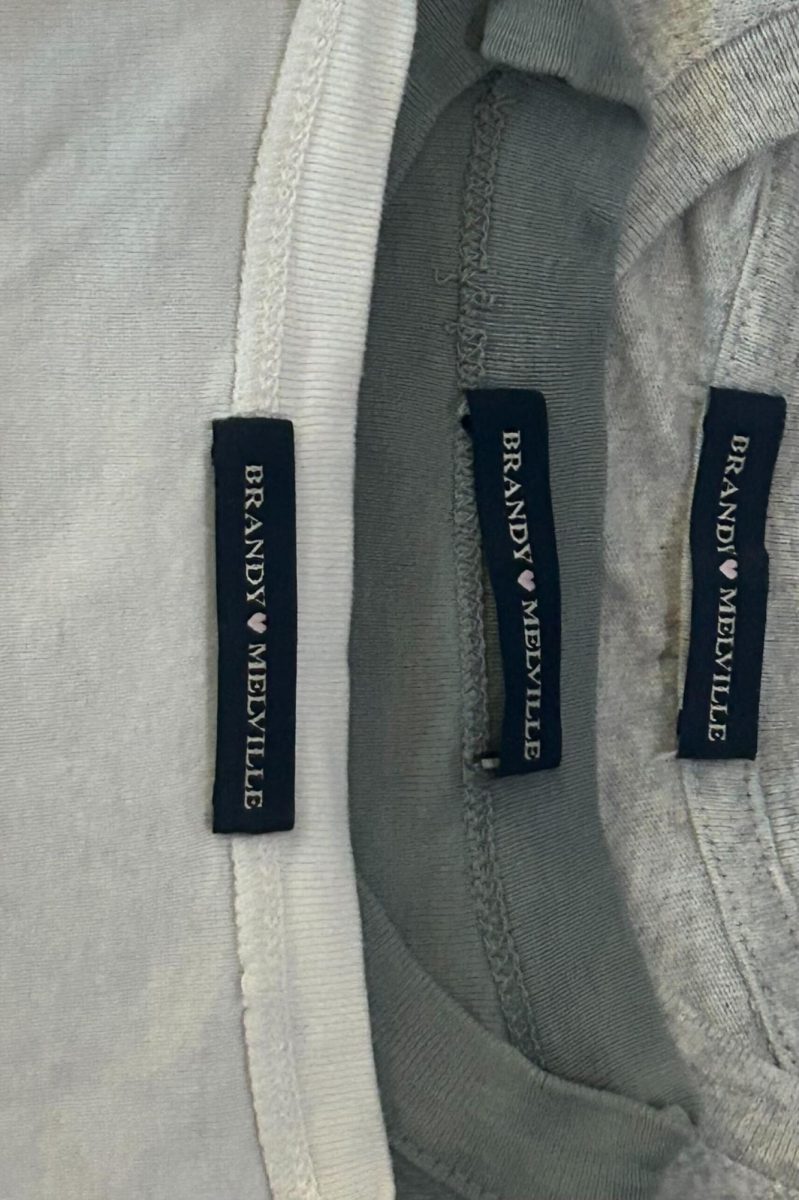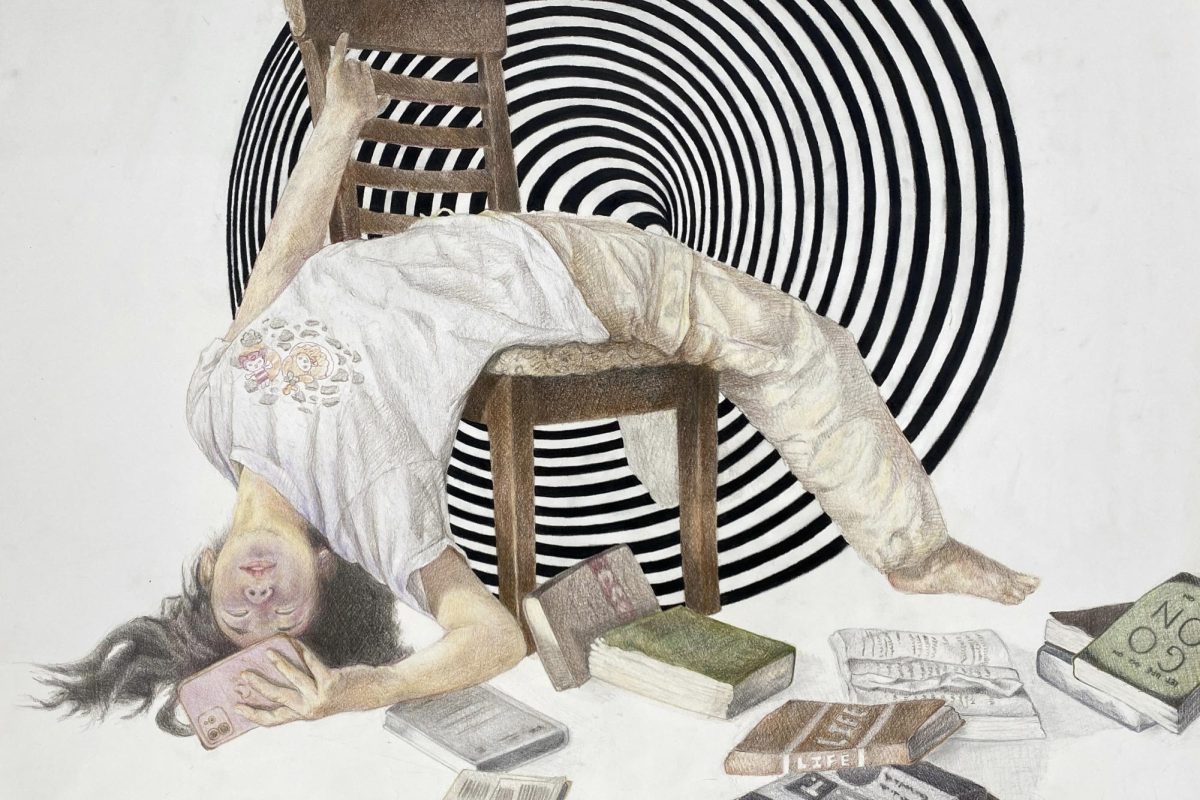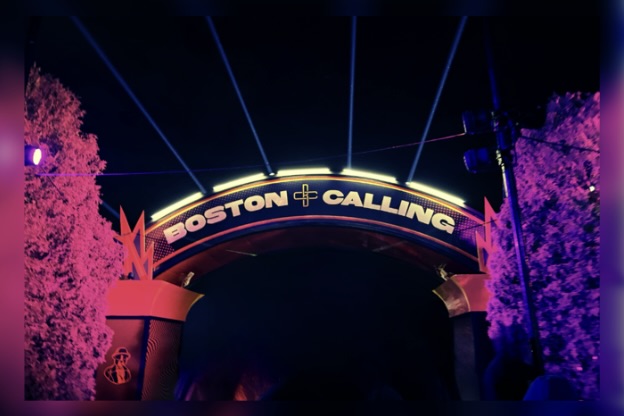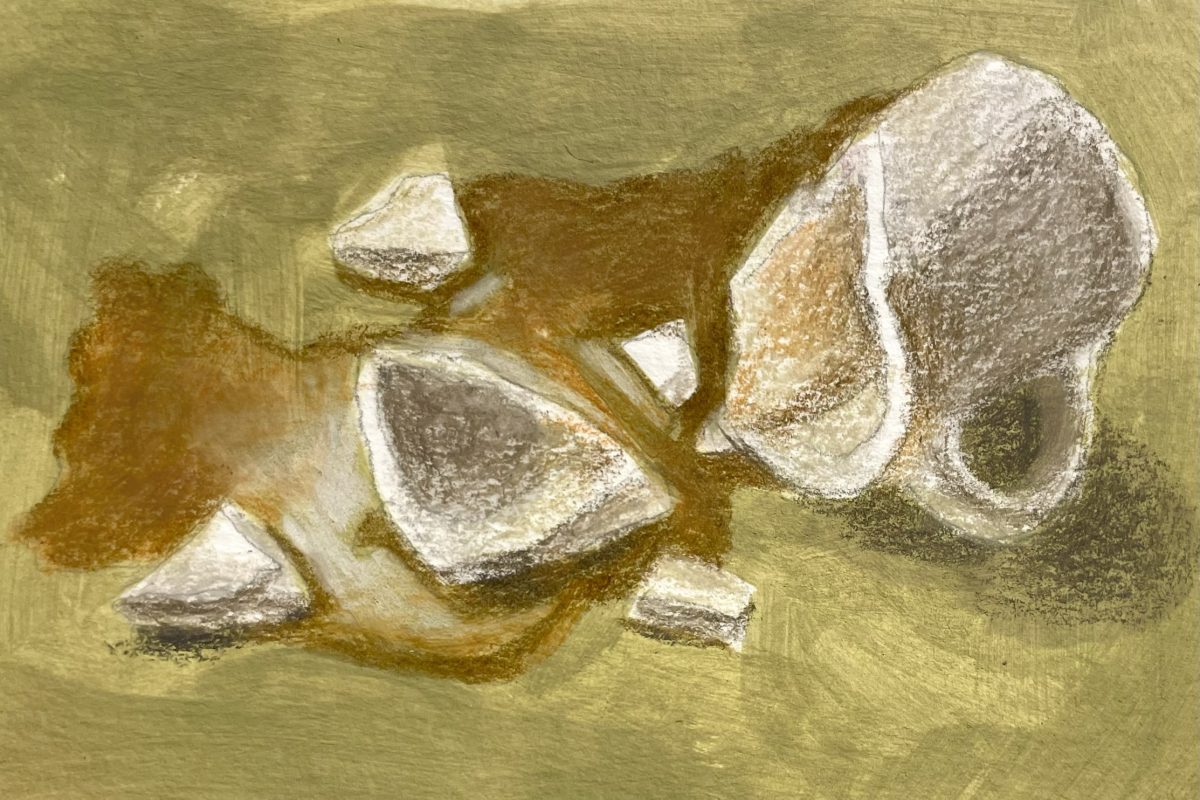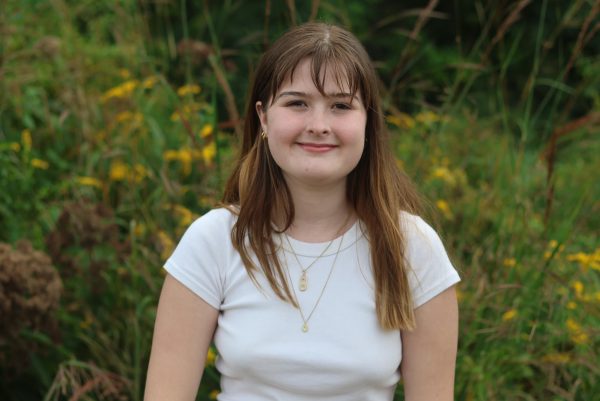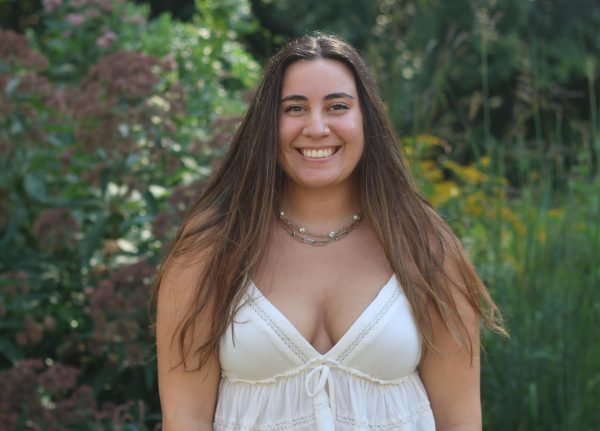As bad decisions often do, our decision to quit caffeine started with a bet. Driving back from our lunch free, soda in hand, Katya proclaimed that she would have no issues quitting caffeine as long as she slept more. Aimee immediately called her out and said that she wouldn’t last a week. When Aimee challenged her to try quitting caffeine, Katya said she would do it if Aimee also quit, because two teenagers going through caffeine withdrawal are obviously better than one. To solidify our deal, we agreed that if either of us caved during the week, they would owe the other a trip to our favorite coffee shop.
While some might assume that quitting caffeine would simply mean forgoing our morning cups of coffee, we quickly discovered that we would need to cut out a lot more foods from our diets. According to the Harvard T.H. Chan School of Public Health, foods that Katya and Aimee would need to avoid include: coffee (including decaf), teas (also including decaf), chocolate, soda, energy drinks and caffeine supplements (which can include pain medications, cereals, gums, etc.).
When we realized we would have to give up some of our favorite things (mostly chocolate), we felt hesitant, but also excited. We were ready to embark on our caffeine-free week and brave the unpredictable mood swings of two teenage girls without chocolate or coffee. Our goals were to prove that, one, Katya was actually a caffeine addict and, two, that teenagers can not only survive, but also thrive, without caffeine in their daily lives.
To create a baseline for our experiment, we have provided our background information, such as the typical amounts of caffeine we consume each day, the average number of hours we sleep each night and our typical moods. By clicking on the image below, you will see more detailed information about our caffeine habits. (Infographic design credits: Annabelle Zhang and Aimee Smith)
Choose your fighter:
According to the FDA, overconsumption of caffeine can cause insomnia, anxiousness, nausea, headaches and a general feeling of unhappiness. While adults can consume up to 400 milligrams (mg) of caffeine a day, the FDA has found that children and adolescents are more sensitive to caffeine’s effects. It is recommended that adolescents, ages 12-18, only consume up to 100 mg of caffeine a day. For younger people, drinking over the recommended amount of caffeine can have the added effect of stunting their growth. Unfortunately for us teens, an eight ounce (oz) Starbucks coffee has 180 mg of caffeine, which is already almost double what is recommended.
While we have yet to see evidence that caffeine has had any impact on our heights, we were curious to see if there were any differences in our lives without consuming caffeine. Could something that had become habitual to us, like our morning coffee, be harmful?
Below is an interactive calendar log where we summarized our days and any side effects we noticed from quitting caffeine.
Final thoughts:
Personally, the only thing that benefited from us quitting caffeine was our wallets. Once over our initial feelings of withdrawal, neither of us noticed a substantial change in our lives. We weren’t miraculously saved from any of life’s problems. While there can be downsides to having caffeine, there are also positives which we sorely missed during our caffeine detox. For one, caffeine can help with both alertness and attention.
Despite our quick return to drinking coffee and tea, we do believe that this cleanse was beneficial. Because an individual can build up a tolerance to caffeine, leading to the need to drink more caffeine to avoid withdrawal symptoms, it is important for people to monitor their caffeine intake. As long as someone is able to maintain a happy and healthy lifestyle, we see no issue with a quick morning pick-me-up of coffee or tea.





![Last Wednesday, the Wayland School Committee gathered to discuss a number of topics regarding the health curriculum and Innovation Career Pathway course. Another large topic of conversation was the ways to potentially mitigate distracting cell phone usage. "These [phones] are going to distract your learning and social relationships," Superintendent David Fleishman said. "That's concrete right there."](https://waylandstudentpress.com/wp-content/uploads/2025/06/Screenshot-2025-06-04-at-9.49.31 PM-1200x886.png)










